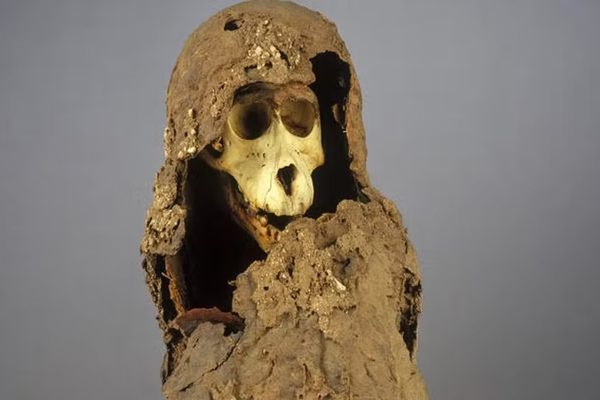Black Rhino Calf Is The First Born at Kenyan Sanctuary in Over 25 Years
The calf doesn’t have a name yet.

Naitamany with her calf. (Photo: The Northern Rangelands Trust)
Once near the brink of extinction, black rhinoceros populations have rebounded in recent years, thanks to conservation efforts, though they remain critically endangered.
According to WWF estimates, there are now about 5,000 black rhinos. Last week, the population increased by one when a Kenyan sanctuary announced that one of its rhinos had birthed a calf—the first black rhino calf born at the sanctuary in over 25 years.
The calf’s mother, named Naitamany, is a five-year-old rhino that had been relocated recently to the sanctuary, known as Sera Community Rhino Sanctuary. There was some concern that Naitamany’s pregnancy might not survive the move, but she ended up adjusting well.
“We were worried she might lose the baby due to post translocation stress, but she settled in so well and has carried the pregnancy to term,” says Antony Wandera, a research officer at The Northern Rangelands Trust, which oversees the sanctuary.
Officials said they haven’t determined the calf’s sex, and will hold off on a name until they do.
The new calf brings the sanctuary’s total black rhino population to 11. The sanctuary, located around 230 miles north of Nairobi, is one of scores in Africa designed to protect wildlife, and rhinos in particular, which remain under constant threat from poachers.
The purpose of the Sera Community Rhino Sanctuary, said its chair, Pauline Longojine, was to “come together to give animals and people peace.”
Its newest member would probably agree.

















Follow us on Twitter to get the latest on the world's hidden wonders.
Like us on Facebook to get the latest on the world's hidden wonders.
Follow us on Twitter Like us on Facebook